Responsive SEWER LINE Repair in Dallas, TX
Emergency SEWER LINE Repair

Trust Your Emergency Sewer Line Repair in Dallas, TX, to Rueben Group
When the unexpected hits, Rueben Group can be right there by your side with its emergency sewer line repair services in Dallas, TX. Our team understands the urgency and shows up ready to tackle any issue, ensuring minimal disruption and fast resolution. No matter the scale of the emergency at hand, we’ll ensure that your sewer line is repaired and back in action with unrivaled expertise. Call us when you’re in need at 945-227-1077.
Rueben Group—Your Emergency Excavation Experts
Facing an urgent sewer line issue isn’t just inconvenient; it can quickly escalate, threatening your property’s safety and causing significant disruptions. Quick to respond and backed by years of hands-on experience, Rueben Group ensures homeowners and businesses aren’t left grappling with the fallout of sewer line complications.
Moreover, with a track record of efficient repair work, we are able to offer reliability in times of crisis, making us the go-to team for emergency sewer line repair in Dallas, TX, and the surrounding areas.
Why Call Our Team for Emergency Utility Repair?
The Rueben Group carries a reputation for not just band-aid fixes but comprehensive solutions that seek to mitigate future troubles. Choosing our team to help during an emergency assures you that the repair is done thoroughly and efficiently, with a keen eye on preventing the same issue from arising again. Plus, we’re the folks who show up with the right tools and the experience needed to handle whatever mess comes your way, making sure your emergency is our top priority.

Our Emergency Sewer Line Services
As you can see, Rueben Group stands above the rest in tackling urgent sewer line dilemmas with emergency services designed to get your property back on track fast. Focusing on a trifecta of critical services: assessment, repair, and, when necessary, complete replacement, we can ensure each step is executed with expertise and precision. This approach not only addresses your immediate concerns but also lays the groundwork for lasting solutions, preventing repeat issues down the line.

Assessment
When emergencies hit, the first step Rueben Group takes involves a detailed assessment. Our team will get to work, ready to spot the root cause and ensure that we’re fixing the real problem, not just the symptoms. This approach guarantees a precise, targeted repair strategy specific to your property’s needs.
Furthermore, Dallas residents can count on the Rueben Group team to utilize cutting-edge diagnostic tools during this assessment phase. Using this advanced technology enables us to identify issues with a high level of accuracy, laying the groundwork for effective, efficient solutions.
Repair
In many cases, sewer lines break due to various factors such as aging infrastructure, tree root intrusion, ground shifting, and poor maintenance practices. Once our emergency services team pinpoints the underlying issue with precision, the next move is all about repair. We come equipped, ready to dig in and fix what’s broken, whether it’s replacing damaged pipe sections or sealing leaks that threaten your property’s wellbeing. It’s more than a fix; it’s a restoration of your peace of mind.
Replacement
In some instances, a repair just won’t cut it: that’s when Rueben Group steps up with replacement services that are a cut above. When sewer lines are beyond saving, we don’t just patch things up and hope for the best; we lay down new lines that set the foundation for decades of worry-free utility service.
Prevent Future Utility Emergencies With Rueben Group
Dealing with an underground utility or construction emergency can bring a project to a screeching halt; that’s exactly why Rueben Group steps in with preventative services. Our approach is all about foresight, using our tried-and-true expertise to head off problems before they turn into emergencies. These methods involve thorough planning, comprehensive inspections, and meticulous attention to detail in every aspect of our emergency sewer line repairs in Dallas, TX.

Call Rueben Group in Case of a Sewer Line Repair Emergency
Don’t let a sewer line emergency spiral out of control and jeopardize your construction project or the security of your property. Reach out to Rueben Group at 945-227-1077 for responsive emergency sewer line repair in Dallas, TX, whenever you need us. For non-emergency situations, feel free to request a quote online.
Other Services
Emergency Utility Repair
Emergency Sewer Line Repair
Sewer and Water Line Installation
Leave Your Sewer & Water Utility Work To Us!
As we expand across the Dallas-Fort Worth Metroplex we are always looking to develop new relationships and partnerships. If you have a project in mind, give us a call today and see how we can be of service to you!
You can get in touch with our team by phone at 945-227-1077 or by requesting a quote online now.

